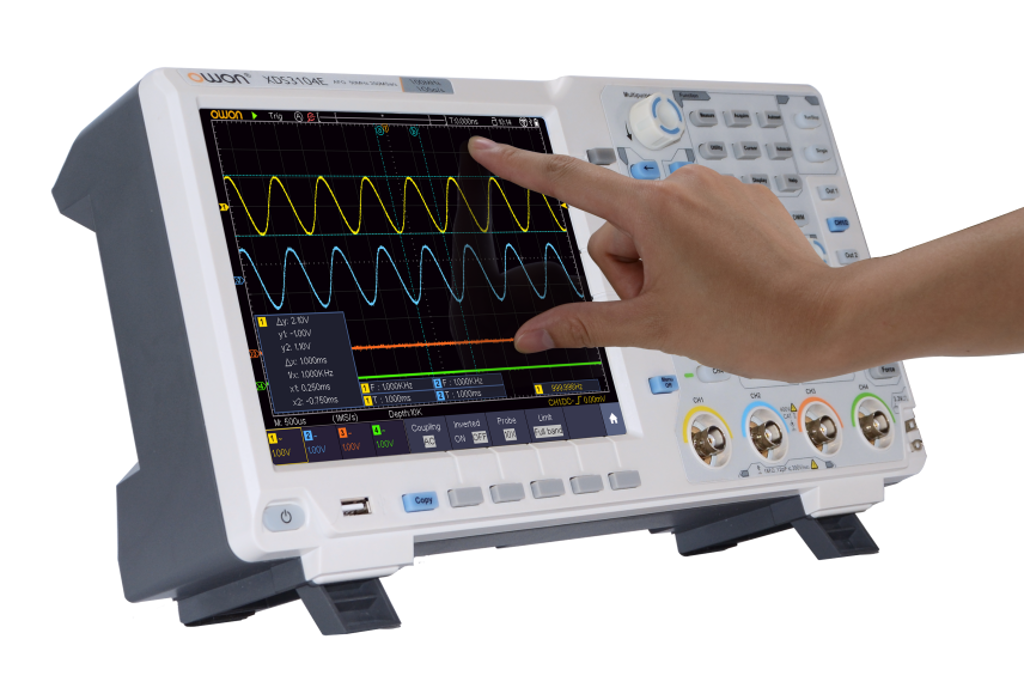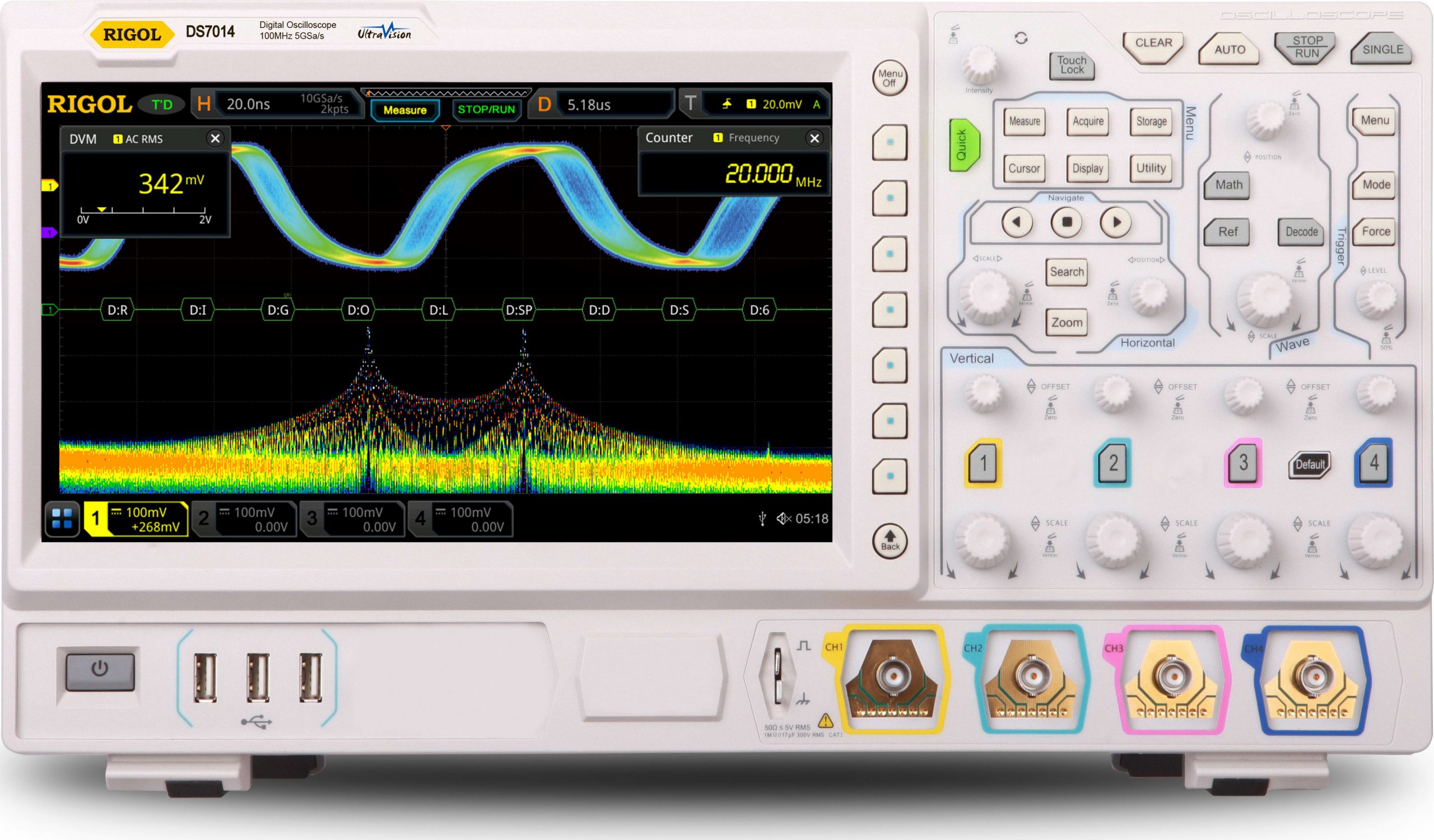You’ve known you need a new oscilloscope for a while and are finally ready to invest in one that will endure the next ten years. How can you pick the best one to match your requirements while staying within your budget? Here are some things to think about before making a purchase: In general, Keysight Technologies suggests choosing a throughput that is at least five above the climatic conditions frequency in your system for connected devices. (This oscilloscope-bandwidth-relative-to-clock-rate advice excludes signals with low clock rates but fast edge speeds.) After the initial outlay, you can improve the bandwidths in Keysight Technologies’ InfiniiVision and Infiniium Series oscilloscopes. After the first transaction, you can upgrade the frequencies of Keysight Technologies’ InfiniiVision and Infiniium Series audio amplifiers for more purchasing options.

The number of digital oscilloscope channels you’ll need is determined by how many signals you’ll be observing and comparing. If you require more than eight analog acquisition channels, your options become limited. More channels of collecting and visualization may be required as mixed-signal designs become more complicated. A Mixed Signal Oscilloscope (MSO) integrates oscilloscope features with logic analyzer and serial bus traffic analyzer capabilities. You can capture multiple oscilloscope and logic signals with a thing waveform display using a Keysight MSO. Depending on whatever oscilloscope series you pick, Keysight oscilloscopes combine two, four, or eight exclusive analog channels with eight or 16 dedicated MSO channels, so you’re not forced to sacrifice an analog channel to serve as an analyzer.
To view delicate waveform features and signal anomalies, choose an oscilloscope with various levels of trace intensity gradation. The brightness (intensity) of a waveform on a display indicates how frequently a signal appears at that particular location on the display. That is, the intensity of the waveform on the display can provide information. Oscilloscopes are not two-dimensional instruments; they assist us in detecting minor signal variations that can mean the difference between finding a problem early on or after 10 prototypes have been built.

Real-time sampling (RTS) and equivalent-time sampling (ETS) are the appropriate sampling rates or modes used by most oscilloscopes (ETS). Mega- or gwh per second (MS/s or GS/s) are the units of measurement. Make sure you know which sort of samples the spec refers to while assessing op amps. Manufacturers frequently list the higher standard to appear more impressive. ETS sampling, on the other hand, only works with repeating sounds because the waveworms are built up over time. You can only use RTS sampling if your signals are mostly single-shot, transitory, or changing, which is often a couple of orders of magnitude slower than ETS. The sample points collected by digital oscilloscopes are saved in memory. The scope’s memory capacity controls how long the signal can be stored before being dumped. If the oscilloscope’s memory is insufficient, this can limit the oscilloscope’s effective sampling rate. This is especially noticeable when zooming in on a signal. Sample rate x duration across display Equals memory depth. Many digital oscilloscopes have an 8-bit resolution because they are built for digital signals. A 12-bit or even 16-bit scope is required to view analog signals (such as those used in audio, automobile, or environmental monitoring). Higher resolution oscilloscopes can attain 1 percent precision, compared to 3 percent to 5 percent accuracy for 8-bit oscilloscopes.

